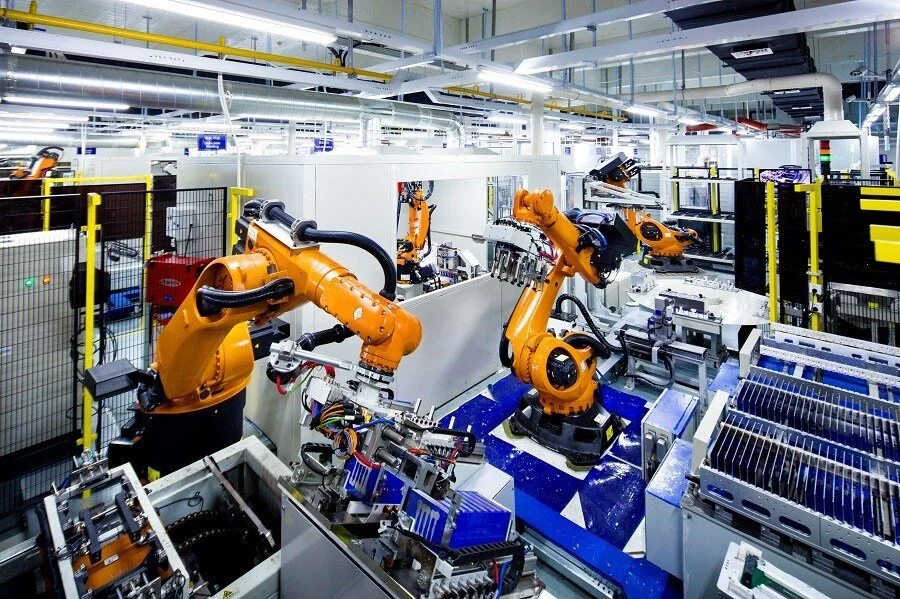Cobalt and Cost – Two Big Factors in the EV Adoption Puzzle
[June 17, 2020]
Developing and engineering new products is hard. That may seem like an inane truism, but it's especially true in the context of EVs. Irrespective of cost, the basic formula has been nailed: Long range, high performance, relatively quick recharge times (although that’s a contentious and subjective standard, addressed in other posts, and likely more to come). The tricky factor in the equation is cost. Although there are reasonably priced EVs on the market now, if you want a true long-range (300+ mile), high-performance (0-60 under 5 seconds) EV, you’re currently looking at $50,000+.
In this day and age where fully loaded crossovers like the Ford Escape and Toyota RAV4 are well into the $40k+ range, sometimes tip-toeing close to $50,000, that may not seem like much, but the fact of the matter is, EVs still carry a significant price premium compared to their conventional internal-combustion equivalents. The magic number that has been bandied about in the industry for several years to reach cost-parity with ICE models is $100/kWh for batteries. On the lower end, it’s estimated that we’re around $140/kWh right now, definitely an improvement over the $1,000+/kWh where we were in 2010, but not quite to the tipping point of EVs taking over the automotive industry at a large scale.
A possible catalyst in helping automakers get to the heretofore elusive $100/kWh target is the refinement and commoditization of Lithium Iron Phosphate (LFP) battery technology. The big breakthrough with LFP compared to traditional lithium-ion chemistries is that it’s cobalt-free. Without getting too into the weeds, this is a big deal from the standpoint that it removes an expensive as well as politically and morally fraught element from the battery chemistry equation. The largest deposits of cobalt are in Africa, and are frequently mined by child labor, making it an undesirable component in the otherwise positive story of EVs. The other big advantage is its stability and longevity. In fact, LFP is the basis of a lot of the “million-mile battery” designs that have been discussed recently.
Some LFP batteries, like those manufactured by CATL, are reportedly ready to ship. (Image courtesy CATL)
The downside of LFP is that it is typically heavier and has a relatively lower power density than other lithium-ion technologies. But it is significantly less expensive than competing technologies, and is expected to represent a huge leap in the direction of reaching the $100/kWh target that the industry is aiming for. It has recently been reported that Tesla is looking to use LFP batteries in its China-market Model 3, and possibly use the technology globally. Battery manufacturer Contemporary Amperex Technology Co. Limited (better known by its acronym CATL) is reportedly a supplier, and has publicly stated it is “ready to ship” on its LFP batteries.
Chinese Model 3s may be the first Teslas to utilize LFP batteries. (Image courtesy Tesla)
There has been some speculation that to compensate for the slightly lower energy density, Tesla will employ “cell-to-pack” construction to cram more cells into the packs, rather than the typical cell-to-module-to-pack construction that it’s used up until now. Until Tesla’s postponed “Battery Day” now expected later this month or next, this is all speculation. But you can bet Tesla, along with every other automaker heavily invested in EVs, is aiming to bring costs down to the point where the price premium of EVs is inconsequential, and people will buy or pass on an EV for factors such as convenience and recharge time rather than just price.
(Main image courtesy by Arek Socha from Pixabay)
Follow us on Google News and like us on Facebook!









